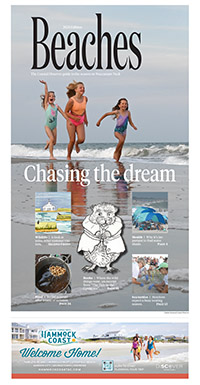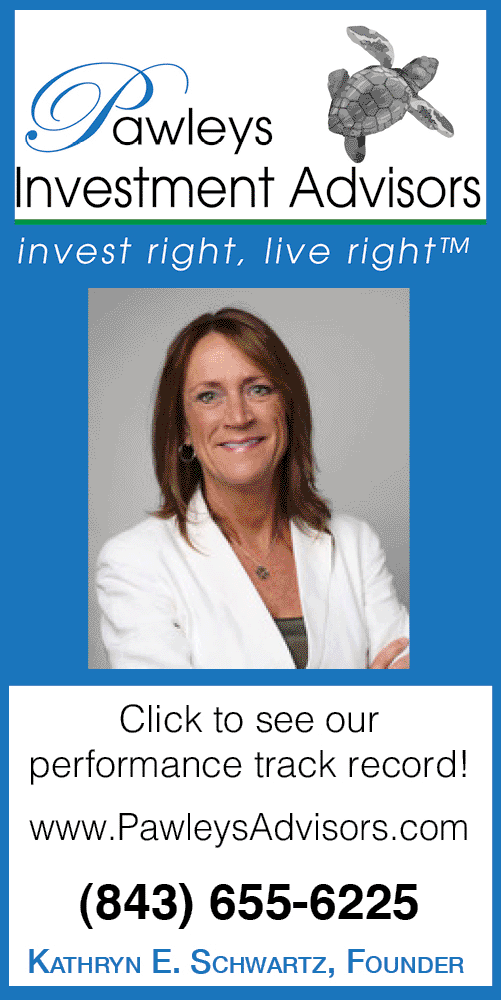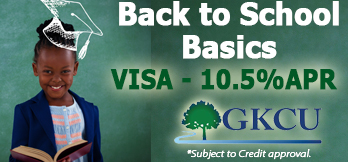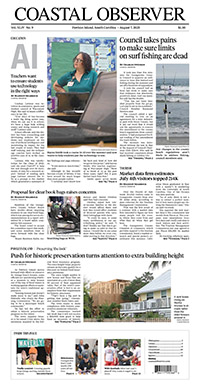Sales tax
Proposal counts on visitors paying their share
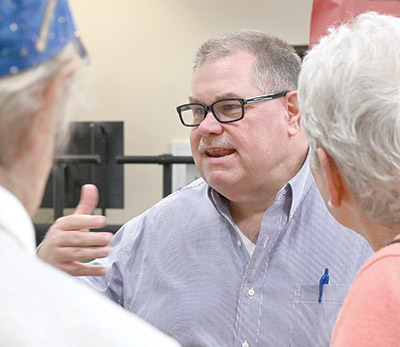
After two months of trying to explain Georgetown County’s plan for two 1-cent local sales taxes, Walt Ackerman can sense the moment. It comes with a thoughtful pause and a furrowing of eyebrows in the audience.
Then there’s the inevitable question: How can you pay $58.18 in additional sales tax and get a $476.83 credit on your property tax bill?
“I’m glad you asked that,” Ackerman said, as he always does, when the question came up this week at the county GOP Club meeting.
The answer is tourism.
“Tourism is the biggest chunk of it,” said Ackerman, the county’s director of Administrative Services, who has been involved with the local option and capital project sales tax initiatives for the last year.
The local option sales tax was created by the legislature in 1990. It allows counties to impose a 1-cent sales tax that must be used to give a credit for taxes on real estate and business and personal property. The credit starts out at 63 percent of sales tax collections and rises 2 percent each year to reach 71 percent after five years.
Counties and municipalities can use the balance for operations or they can increase the share used for the property tax credit.
Ackerman estimates that 40 percent of the sales tax will be paid by people from outside the county, including those on vacation, those who are passing through and those who come here to shop.
“That strikes me as high,” Joseph Occhiuto, a Hagley resident, said at the GOP Club meeting
Ackerman based the figure on a report from the S.C. Department of Parks, Recreation and Tourism. It showed that in 2022 visitors to Georgetown County spent a total of $570.5 million. That works out to 27.4 percent of the gross sales in the county as reported to the state Department of Revenue.
Sales tax is not collected on groceries, prescription medicine and motor vehicle fuel. Those items would also be exempt from the local tax.
The state and the county both collect an accommodations tax on short term rentals in addition to the 6 percent state sales tax.
In 2023, accommodations represented 15.3 percent of the county’s taxable sales.
Sales of prepared food and drinks, which are subject to sales and hospitality taxes, accounted for 21.6 percent of taxable sales.
A spokesman for the Department of Revenue said it’s impossible to know how much non-residents pay in sales tax because that data isn’t collected.
But the data shows that sales tax collections rise in the summer tourist season. June and July were the peak months for sales tax collections in Georgetown County, according to the department’s data. Collections were lowest in January and February.
Sales tax collections in the peak months were 44 percent higher than in the lowest months.
“I do think it’s a good talking point,” Beth Stedman, the Georgetown County Chamber of Commerce president, said of the 40 percent figure.
The chamber is coordinating the effort to pass the local option and capital project sales taxes. By law, public funds can’t be used to advocate for ballot measures, so Ackerman’s presentations are designed to provide information only.
“The tourists certainly benefit and enjoy everything we have to offer,” Stedman said. “They don’t always know they benefit.”
Josh Rhodes, deputy executive director of the S.C. Association of Counties, agreed that the exact share of tax paid by non-residents cannot be determined.
“Forty percent doesn’t seem egregious,” said Rhodes, who vacations in the county. “It seems like a reasonable number.”
The other factors in determining how much a property owner may save are the value of their property and the amount they spend on taxable items.
Ackerman’s figure of $58.13 in annual cost for average household from a 1-cent sales tax is based on the “area median income” determined by the U.S. Census Bureau. That is currently $59,782.
He took out what he estimated a household would spend on non-taxable items and came up with $5,813 in taxable spending, which is just under 10 percent.
A report from the federal Bureau of Economic Analysis released this month compiled data for “personal consumption expenditures” for South Carolina. Spending on durable goods such as furniture and household items, and nondurable goods such as clothing was 24.3 percent of total spending. That included spending on prepared food and drink, but not cars and boats, which are exempt from local sales taxes.
The Massachusetts Institute of Technology has developed a Living Wage Calculator. For Georgetown County, a household with an income of $56,056, just under the area median, would spend $9,069 or 16 percent of their income on items other than groceries, medicine and transportation.
Ackerman’s tax savings are based on an average home price of $200,000. The average value of an owner-occupied home in the county was a little higher than that, according to data from the county auditor’s office for 2023.
Those homes represent 83.8 percent of households in the county, according to census data.
But their values vary across the county. On Pawleys Island, the 97 owner-occupied homes have an average value of $1.1 million. In the town of Andrews, the average value is $61,511. The former will save over $2,000 in property taxes. The latter will save $132.
And there is another factor. The savings are based on $10 million in annual collections. Savings will increase if collections increase.
“I feel like the $10 million number is very, very conservative,” Ackerman said.
